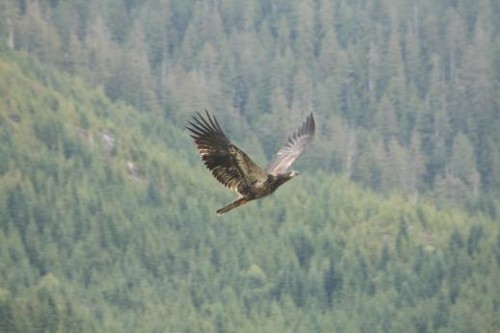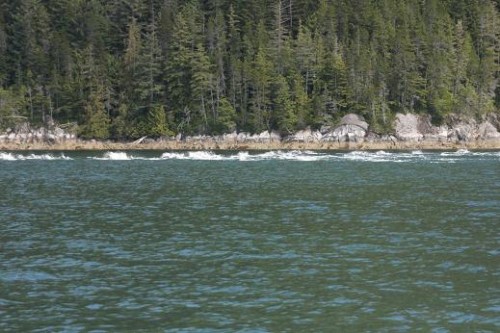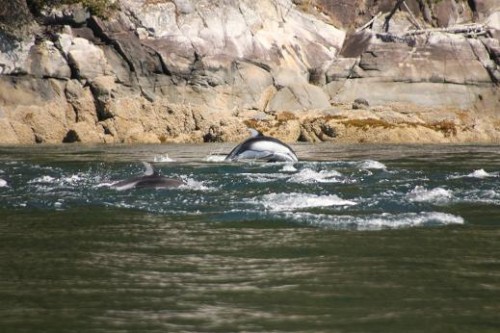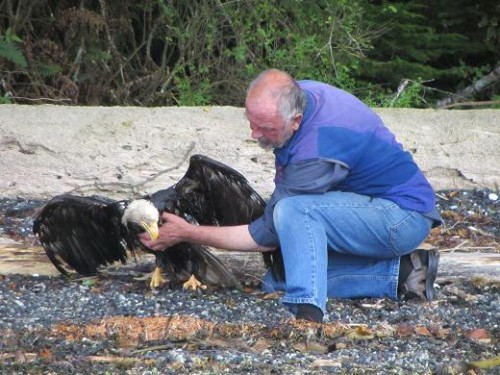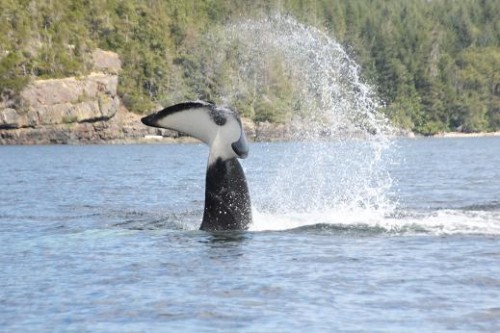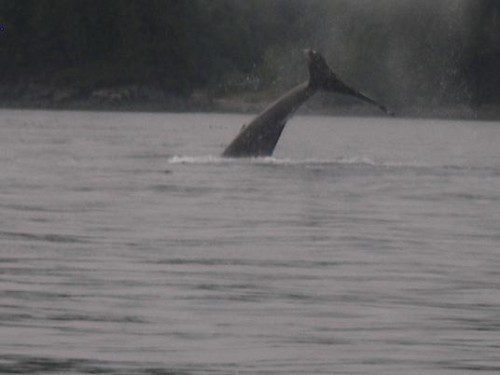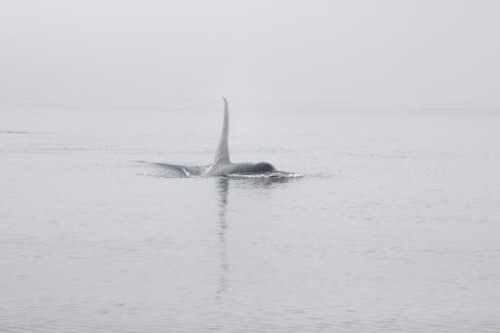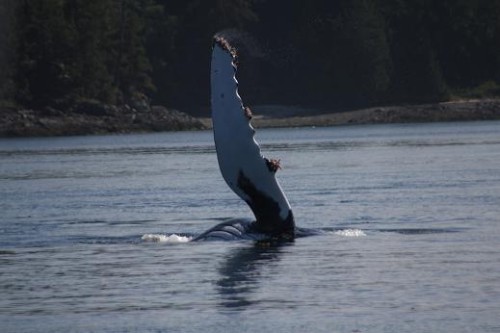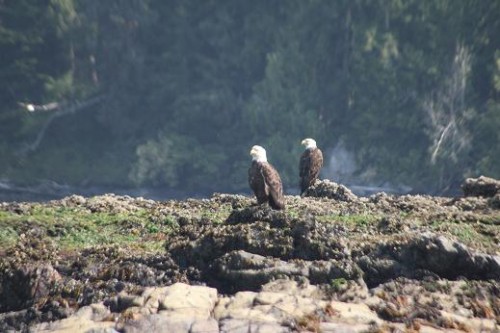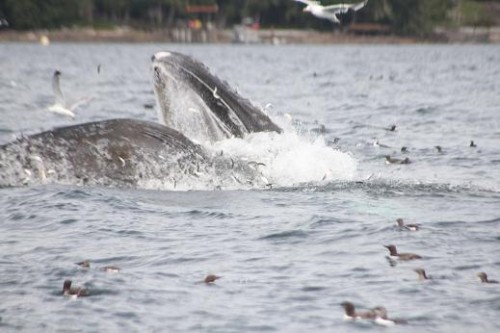
A very action filled photo with a humpback whale lunge feeding on a ball of herring. One can see the herring being sprayed out of it’s mouth and seagulls coming into pick up the wounded herring. But it is really hard to picture this as a whale feeding whereas tomorrows post is more sedate….
